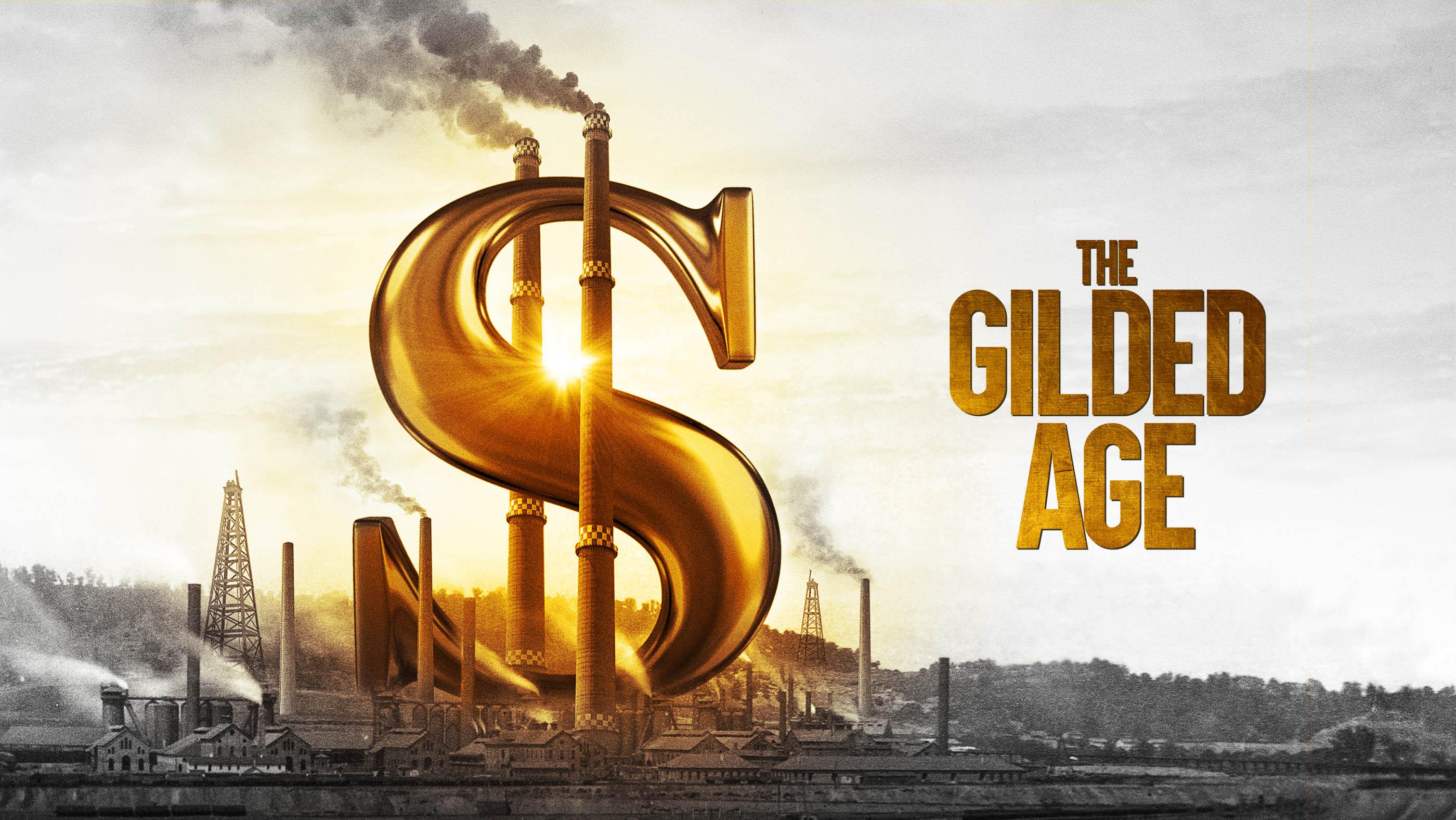Historical documentaries have long been a staple in the exploration and understanding of our past, offering viewers a visual narrative that often brings history to life. However, the question of whether these documentaries present an unbiased account of events remains a topic of considerable debate. This article delves into the complex interplay between storytelling and historical accuracy, examining how filmmakers’ choices in narration, selection of sources, and portrayal of events can influence audience perceptions. By analyzing various examples and perspectives, we aim to uncover the extent to which historical documentaries may shape, or even skew, our understanding of history.
Analyzing Historical Documentaries: A Study of Bias and Perspective
Historical documentaries often navigate the delicate terrain of interpretation and representation. The creators of these documentaries wield considerable influence over how events are depicted, often shaped by their own perspectives and the intended audience. This can lead to a portrayal that may not encompass the full spectrum of historical truth. Bias can manifest in several ways:
- Selection of Sources: Documentaries may prioritize certain sources over others, leading to a skewed narrative.
- Omission of Facts: Key events or perspectives might be left out, either intentionally or unintentionally, altering the viewer’s understanding.
- Framing Techniques: The use of visuals, music, and narration can influence the emotional response and interpretation of the events.
While these documentaries serve as valuable educational tools, it’s essential to approach them with a critical eye. By recognizing the potential for bias, viewers can better appreciate the complexity of historical narratives and engage in a more informed analysis.

The Role of Narration and Selection in Shaping Historical Narratives
Historical documentaries, while often celebrated for their educational value, inherently reflect the influence of narration and selection. The process of crafting these documentaries involves choosing which events to highlight and which to omit. This selective storytelling can lead to a skewed representation of history, emphasizing certain perspectives while neglecting others. For instance, a documentary might focus on the heroism of a particular figure, glossing over any controversial aspects of their legacy. Such decisions are often driven by the filmmaker’s intentions, available resources, or audience expectations, which can inadvertently introduce bias.
- Choice of Sources: Documentaries rely on specific sources, and the selection of these sources can heavily influence the narrative.
- Emotional Impact: Narration style can evoke emotions, potentially swaying viewers’ perceptions of events.
- Visual Storytelling: The use of imagery, reenactments, and interviews can create a particular narrative tone.
These elements underscore the importance of critical engagement with historical documentaries. Viewers should remain aware of the potential biases introduced through narration and selection, understanding that documentaries are not mere windows to the past, but carefully constructed narratives.
Evaluating Sources: How Documentary Choices Influence Viewer Perception
When examining historical documentaries, it’s essential to consider how the filmmaker’s choices shape our understanding of events. These choices can subtly, or overtly, influence viewer perception through various techniques:
- Selection of Sources: Documentaries often rely on specific experts or witnesses. The inclusion or exclusion of certain voices can skew the narrative towards a particular viewpoint.
- Visual and Audio Elements: The use of imagery, music, and sound effects can evoke emotions that may color the interpretation of facts.
- Editing Techniques: How footage is cut and sequenced can frame events in a way that aligns with the filmmaker’s perspective, emphasizing certain details while downplaying others.
These elements combined can create a version of history that, while compelling, might not fully represent the complexity of the events depicted. As viewers, understanding these influences encourages a more critical engagement with historical narratives.

Recommendations for Creating Balanced Historical Documentaries
- Diverse Perspectives: Incorporate voices from multiple viewpoints to ensure a comprehensive portrayal of events. Engage historians, eyewitnesses, and cultural experts to provide a multifaceted narrative.
- Fact-Checking: Implement rigorous fact-checking processes. Collaborate with academic institutions or professional fact-checkers to verify historical accuracy.
- Contextual Background: Provide sufficient context for the events depicted. Highlight the socio-political environment and cultural nuances that shaped historical outcomes.
- Balanced Storytelling: Strive for an equitable distribution of screen time for different perspectives. Avoid sensationalism and ensure that no single narrative dominates unjustly.
- Transparent Sources: Clearly cite sources and disclose any potential biases. Transparency in source selection enhances credibility and trust with the audience.
By embracing these strategies, documentary creators can foster a more nuanced understanding of history, offering viewers a platform for informed reflection rather than skewed perceptions.



